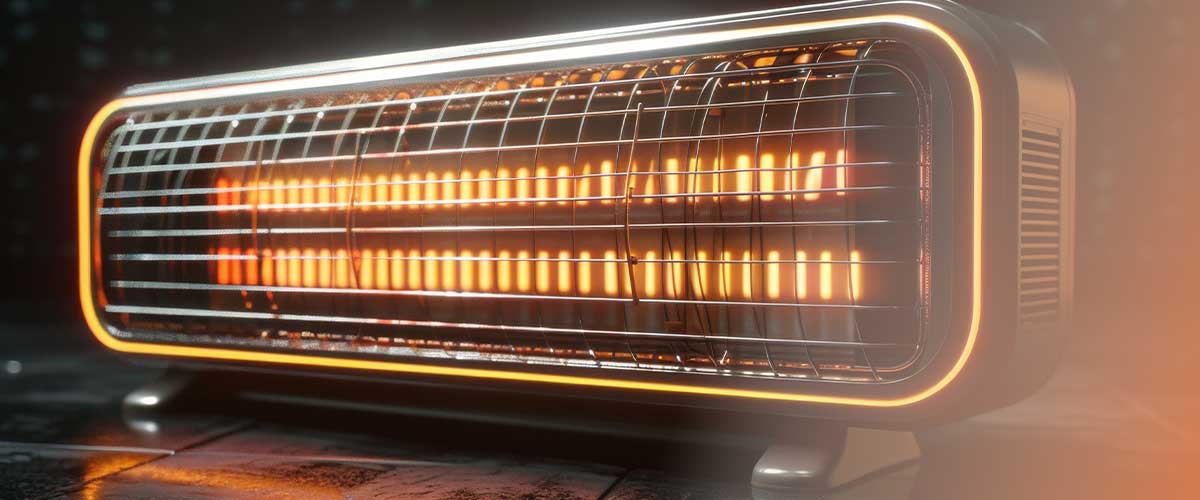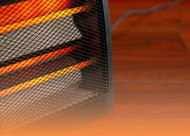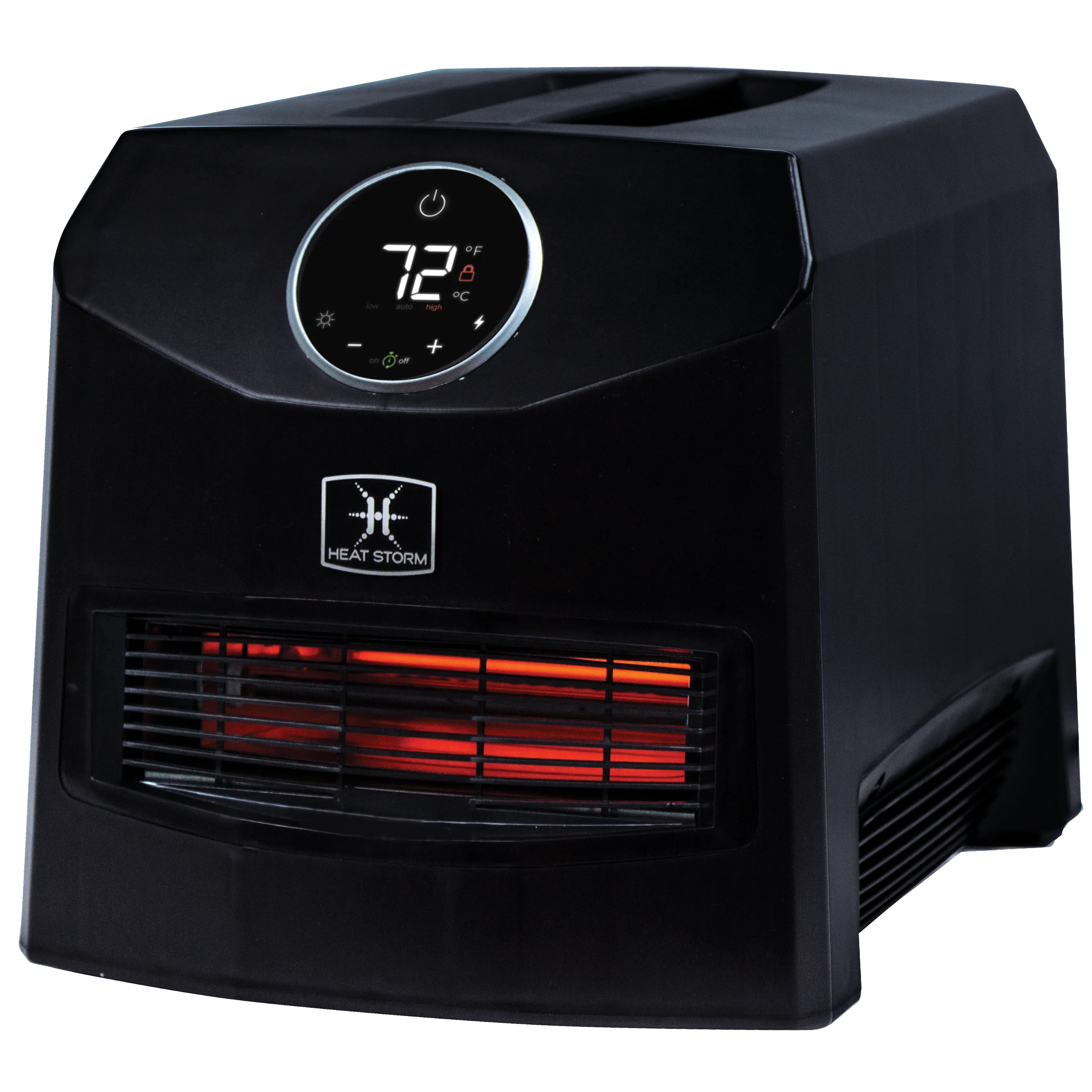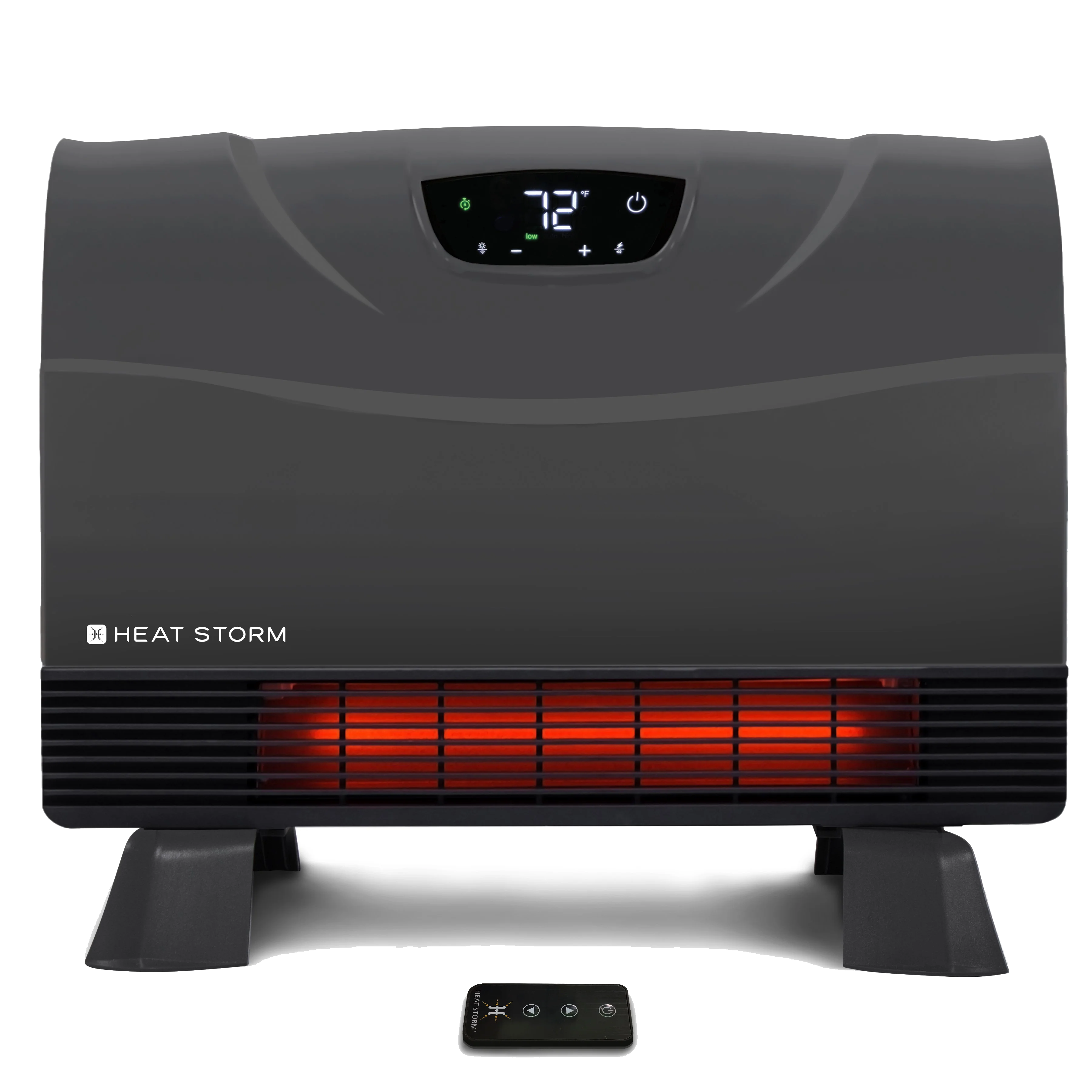How Does a Space Heater Work?
11th Sep 2024

A space heater is an essential appliance that provides targeted warmth, making it a preferred choice for those looking to stay cozy during colder seasons. Understanding how a space heater works can help you choose the right one for your needs, ensuring efficient and safe heating in any part of your home.
Whether it’s an electric space heater designed for indoor use or an outdoor space heater, the basic functionality remains straightforward. These heaters typically convert electricity into heat, providing a direct, concentrated source of warmth exactly where and when you need it.
Let’s explore how space heaters work in this blog.
How Do Space Heaters Generate Heat?
Space heaters are a popular solution for warming up rooms during colder months, and understanding how they generate heat can help you choose the right one for your needs
Mechanism of Electric Space Heaters
Electric space heaters work by using a heating element made from materials that resist electrical current. When electricity flows through this element, its natural resistance to the electrical current causes it to heat up. This heat is then transferred to the air in the room warming it up.
Most electric space heaters use a fan to help circulate this warm air more quickly and evenly throughout the space. This ensures the heat is distributed efficiently, making the room comfortable in less time.
What is resistive heating in electric space heaters?
The process of converting electricity into heat is called resistive heating. As the electric current moves through the resistive material of the heating element, energy is lost in the form of heat. This heat is then either radiated directly into the room or forced out by a fan, warming up the surrounding area efficiently.
Mechanism of Outdoor Space Heaters
Outdoor space heaters are designed to provide warmth in open or semi-open spaces, making them ideal for patios, decks, and outdoor dining areas. These heaters typically use fuel such as propane, natural gas, or electricity to generate heat.
Fuel Use and Heat Generation in Outdoor Heaters
Outdoor space heaters often use propane or natural gas as a fuel source. When the heater is turned on, the fuel is ignited by a pilot flame or an electronic igniter, producing heat through combustion. For electric outdoor heaters, electricity is used to heat an element, similar to indoor electric heaters, but designed for the rigors of outdoor use.
Effective Heat Distribution Methods for Outdoor Environments
To effectively distribute heat in outdoor settings, many outdoor heaters use radiant heating technology. This method involves emitting infrared heat directly to objects and people, rather than heating the air, which can be inefficient outdoors due to wind and open spaces. Some models come with reflectors that direct the heat downwards and outwards to increase the area they warm. This direct heating approach ensures guests feel the warmth quickly, even in cooler, breezy conditions.
Space Heater Maintenance
To keep your space heater running safely and efficiently, regular maintenance is crucial. Here are some essential steps you can take to ensure that your heater remains in good working order throughout its usage.
Follow these tips to avoid common issues and prolong the life of your heater:
1. Regular Cleaning
Dust and debris can accumulate on your heater, potentially causing it to overheat or emit a burning smell. Turn off the heater and unplug it, then use a soft brush or vacuum with a brush attachment to gently clean the exterior and vents.
2. Check for Damage
Before each use, inspect the cord, plug, and heating element for any signs of damage. If the cord is frayed or the element looks corroded, do not use the heater until it has been repaired by a professional.
3. Test Safety Features
Ensure that safety features like the tip-over switch and overheat protection are functioning correctly. You can typically test these by tilting the heater to see if it turns off or by blocking the air intake slightly to check if the heater stops automatically.
Storage Advice for Electric and Outdoor Space Heaters
During Off-Seasons
Proper storage of your space heater during the off-season is essential to ensure its longevity and safe operation when you need it again. Here are specific guidelines for storing electric space heaters and outdoor heaters correctly.
Follow these steps to protect your investment and ensure your heater is ready for the next winter season:
1. Electric Space Heaters:
Once the cold season is over, clean your electric heater thoroughly as described above. Wrap the cord loosely around the body of the heater or tie it with a twist tie to prevent bending or fraying. Store the heater in a dry, cool place away from direct sunlight to avoid plastic components from deteriorating.
2. Outdoor Space Heaters
Outdoor heaters often face harsher conditions and require more rigorous maintenance. After the season, clean the unit, check for rust or corrosion, and cover it with a waterproof cover to protect it from the elements. Store propane heaters with the tank disconnected and in a well-ventilated area to prevent gas leaks and moisture build-up.
By following these simple maintenance and storage steps, you can ensure your space heater remains reliable, efficient, and ready to keep you warm for many winters to come.
Shop Heat Storm’s Quality Space Heaters Now
Experience the warmth and reliability of Heat Storm’s quality space heaters, available now at JB Tools. The collection features a variety of models tailored to meet your indoor and outdoor heating needs, ensuring you stay comfortable no matter the weather.
Take advantage of our exclusive discounts on Heat Storm’s space heaters only at JB Tools. Whether you’re looking for an electric space heater for your home or a robust outdoor model, our special pricing makes it the perfect time to buy.
Shop now and enjoy premium warmth at an affordable price.





